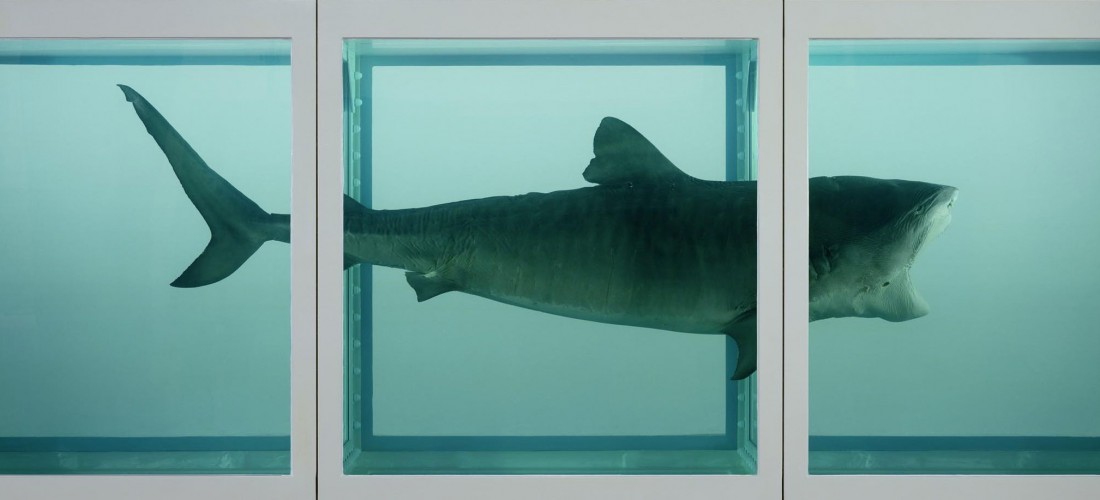- Location: Shoreditch House, London, Ebor Street London E1 6AW
- Date: 16.11.16 | 7pm
- Book Now: Please call 020 7739 5040
According to Damien Hirst, if art doesn’t assault you visually, then it’s not going to get your attention. It’s not going to get through to you. Such was the loosely defined doctrine of the YBAs – an aesthetically arresting art, which sought to disturb rather than delight. Dubbed ‘BritArt’, the home-grown art movement of the ‘Goldsmith’s generation’ arose during the recession as per a new wave of punk rock – anarchy in the UK reborn, and back with a vengeance. The maxim of Postmodernism that ‘painting is dead’ set forth a challenge, paving the way for, paradoxically, a Duchampian blurring of real object and artwork, and a new mode of painterly expression. The radical ‘Freeze’ and ‘Sensation’ exhibitions sought to champion conceptual thinking and to revamp Minimalism, with an entrepreneurial edge and an air of arrogance. George Plimpton claimed the job of the artist is to bring something new into the world that didn’t exist before, and no medium was taboo – elephant dung, glitter and colourful pill packets. The art of the Chapman Brothers, Sarah Lucas et al, aimed to deliberately subvert, provoke reaction and generate discussion. Controversy was currency, making a throng of Thatcherite entrepreneurs overnight sensations, whilst puncturing public consciousness and polarising opinion over what constitutes ‘Art’. Marcus Harvey’s ‘Myra’ was pelted with eggs and prompted Royal Academicians to resign and two Chinese performance protestors (‘artists’!) made a statement by staging a pillow fight on Tracey Emin’s ‘My Bed’! Via the auspices of such exhibition forums as Jay Jopling’s Brixton flat and the Tate’s Turner Prize, ‘it was an amazing moment. It was the biggest birth in British art in a way.’ (Norman Rosenthal). This interactive talk endeavours to revisit the tsunami of anarchic art ‘on the edge’, synonymous with the late 80s and early 90s in Britain, culminating in the launch in 2000 of the Tate Modern. Often iconoclastic, their art was shrouded in controversy and patronised by that modern Medici Charles Saatchi, but how does it look today? What has it done for contemporary art? Come along, and join in the discussion.


